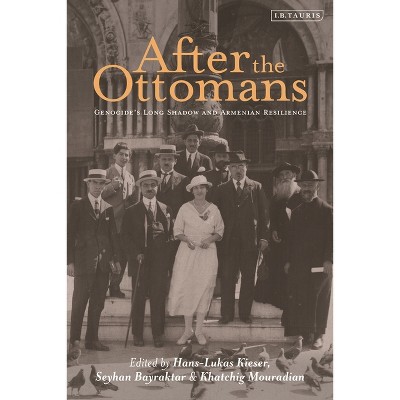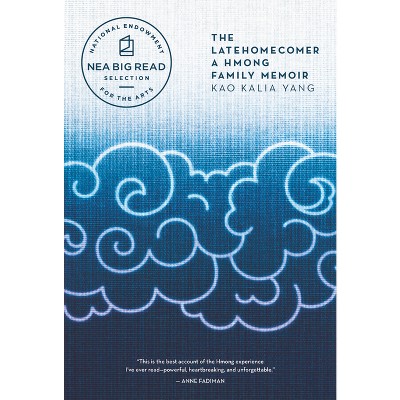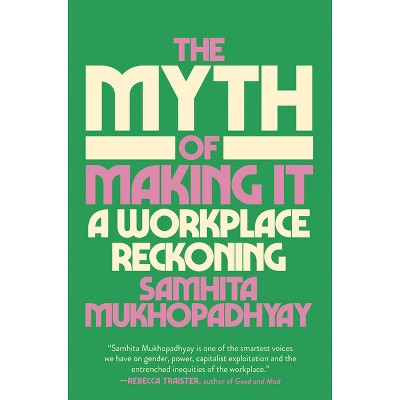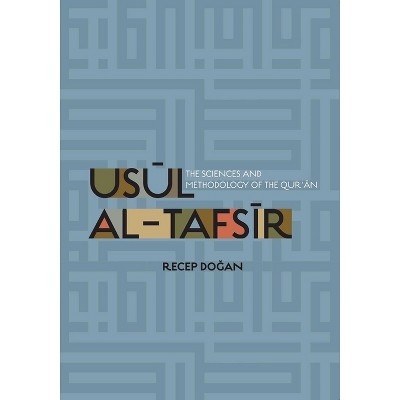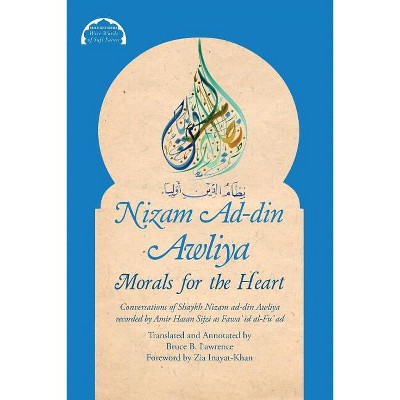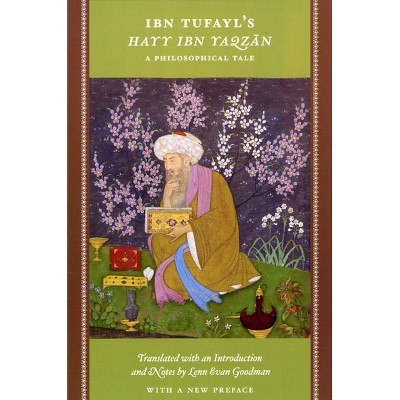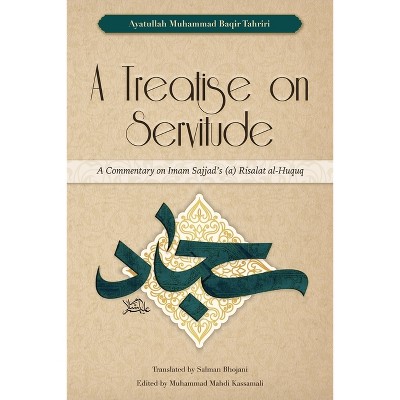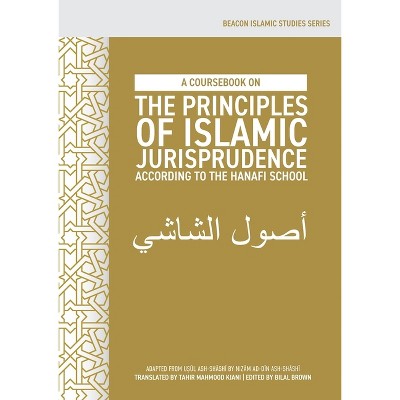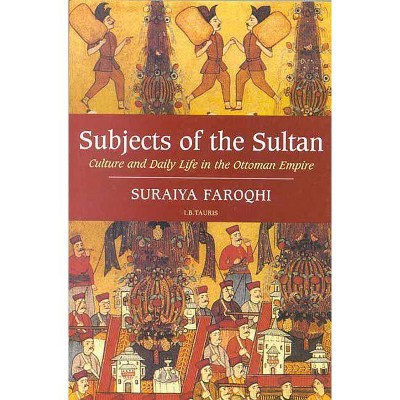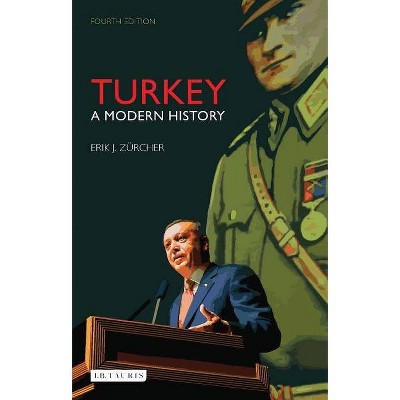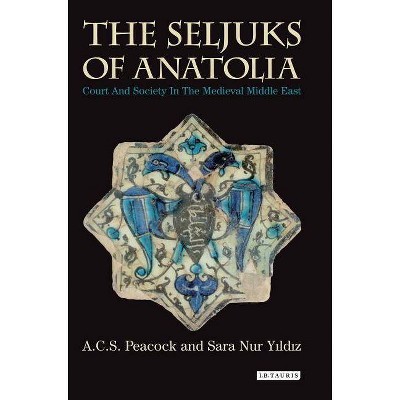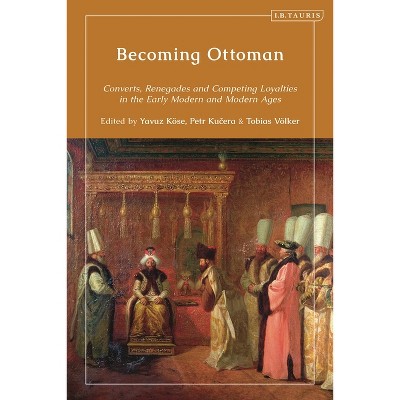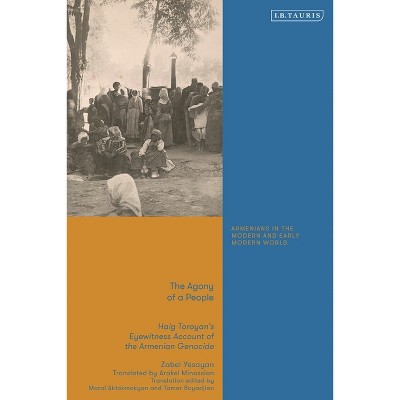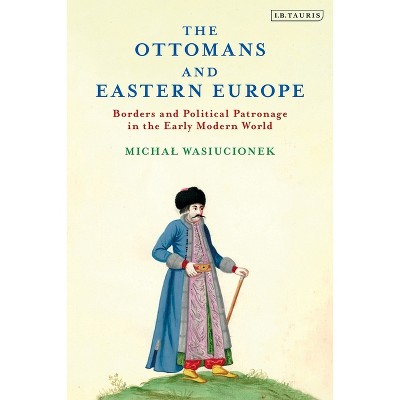Sponsored

The Ottoman and Mughal Empires - by Suraiya Faroqhi (Paperback)
$42.95
In Stock
Eligible for registries and wish lists
Sponsored
About this item
Highlights
- For many years, Ottomanist historians have been accustomed to study the Ottoman Empire and/or its constituent regions as entities insulated from the outside world, except when it came to 'campaigns and conquests' on the one hand, and 'incorporation into the European-dominated world economy' on the other.
- About the Author: Suraiya Faroqhi is a professor of history at Ibn Haldun University, Istanbul, Turkey.
- 384 Pages
- History, Middle East
Description
Book Synopsis
For many years, Ottomanist historians have been accustomed to study the Ottoman Empire and/or its constituent regions as entities insulated from the outside world, except when it came to 'campaigns and conquests' on the one hand, and 'incorporation into the European-dominated world economy' on the other. However, now many scholars have come to accept that the Ottoman Empire was one of the - not very numerous - long-lived 'world empires' that have emerged in history. This comparative social history compares the Ottoman to another of the great world empires, that of the Mughals in the Indian subcontinent, exploring source criticism, diversities in the linguistic and religious fields as political problems, and the fates of ordinary subjects including merchants, artisans, women and slaves.Review Quotes
An authoritative and meticulously researched comparison of the early modern world's two most successful 'Islamic' empires. Scholars have been waiting a long time for a book like this, which is not only the first to bring together Ottoman and Mughal history in a systematic way, but does so with a remarkable attentiveness to the concerns of 'history from below'. In short, this book sets the standard for a new kind of comparative, trans-imperial history of early modern Islamic societies.
Professor Giancarlo Casale, University of Minnesota
An extraordinary work of meticulous scholarship and unreservedly recommended for community, college, and university library collections.
Midwest Book Review
This is a carefully wrought and unexpected combination of detailed social study, global systems analysis, critical historiography, and comparative history. An indispensable read for specialists in the field. Summing Up: Essential. Upper-division undergraduates through faculty.
CHOICE
About the Author
Suraiya Faroqhi is a professor of history at Ibn Haldun University, Istanbul, Turkey. Her focus is on Ottoman social history of the early modern period, especially women, artisan production, the use of objects as historical sources, as well as urban life and cross-cultural linkages, her most recent publications are, A Cultural History of the Ottomans: The Imperial Elite and its Artefacts ( I. B. Tauris, 2016), and The Ottoman and Mughal Empires: Social History in the Early Modern World (I.B. Tauris, 2019).Dimensions (Overall): 9.21 Inches (H) x 6.14 Inches (W) x .79 Inches (D)
Weight: 1.18 Pounds
Suggested Age: 22 Years and Up
Number of Pages: 384
Genre: History
Sub-Genre: Middle East
Publisher: Bloomsbury Publishing PLC
Theme: Turkey & Ottoman Empire
Format: Paperback
Author: Suraiya Faroqhi
Language: English
Street Date: August 26, 2021
TCIN: 84600736
UPC: 9780755642762
Item Number (DPCI): 247-03-2237
Origin: Made in the USA or Imported
If the item details aren’t accurate or complete, we want to know about it.
Shipping details
Estimated ship dimensions: 0.79 inches length x 6.14 inches width x 9.21 inches height
Estimated ship weight: 1.18 pounds
We regret that this item cannot be shipped to PO Boxes.
This item cannot be shipped to the following locations: American Samoa (see also separate entry under AS), Guam (see also separate entry under GU), Northern Mariana Islands, Puerto Rico (see also separate entry under PR), United States Minor Outlying Islands, Virgin Islands, U.S., APO/FPO
Return details
This item can be returned to any Target store or Target.com.
This item must be returned within 90 days of the date it was purchased in store, shipped, delivered by a Shipt shopper, or made ready for pickup.
See the return policy for complete information.

